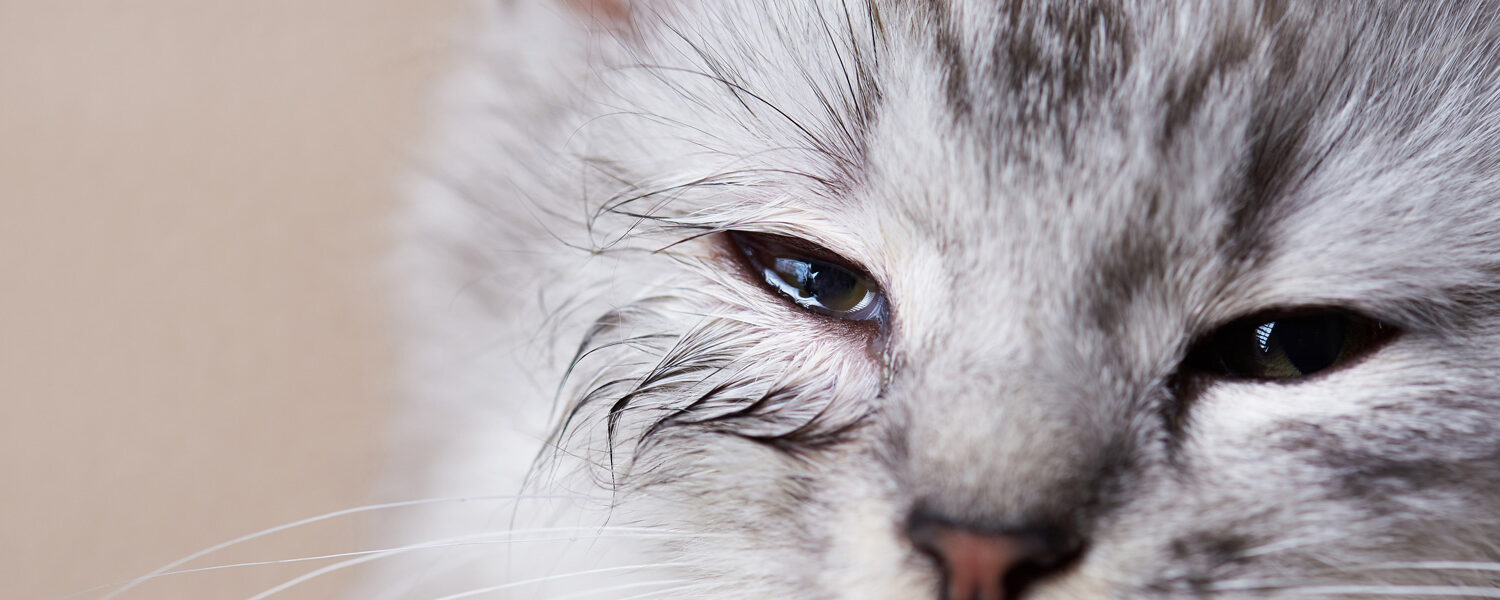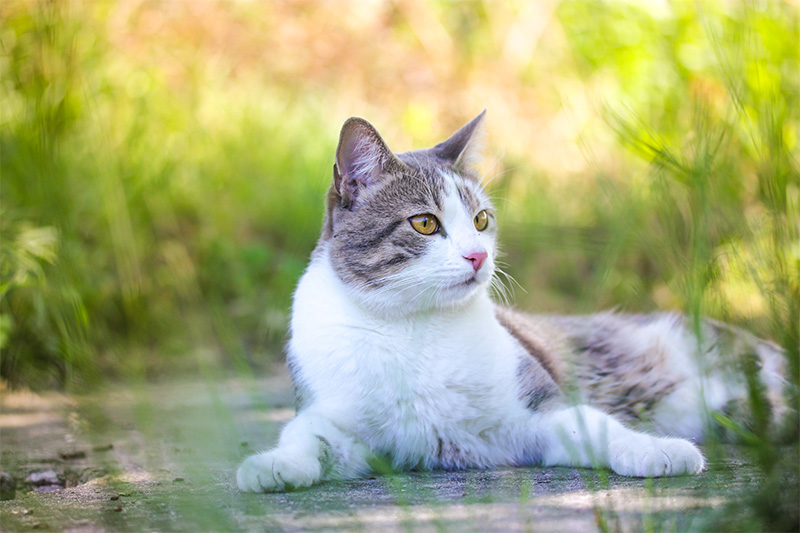
What You Should Know About Feline Asthma
Feline asthma is characterized by chronic inflammation of the small airways inside a cat’s lungs. Although there is no cure for feline asthma, the chronic condition can usually be managed effectively with medication and environmental adjustments. After being diagnosed with asthma, most cats can continue leading normal, happy lives.
What Causes Feline Asthma
Feline asthma is a condition that is caused by a cat’s immune system responding to inhaled allergens in an inappropriate way. Allergens are particles that, although normally harmless, can trigger an immune response in the body.
Common feline allergens include:
- Pollen
- Grass
- Mold
- Dust mites
- Perfume
- Tobacco smoke
- Cat litter dust
- Household cleaning products
- Certain foods
When these allergens are breathed in, most cats have no response. An asthmatic cat, however, will experience an allergic reaction that results in inflammation of its airways.
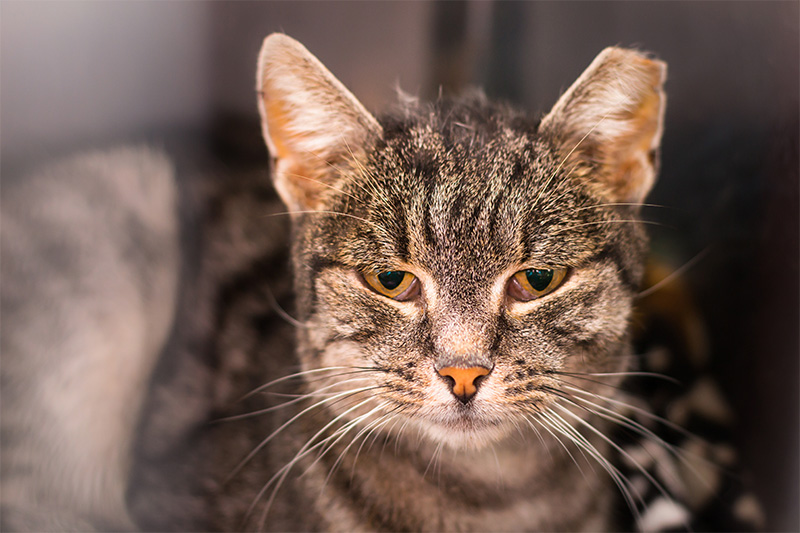
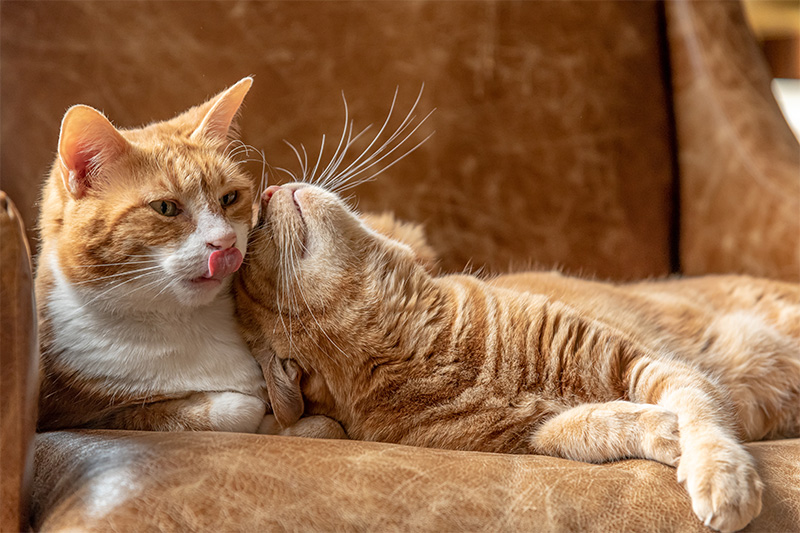
Signs and Symptoms of Feline Asthma
Signs and symptoms of asthma in cats include:
- Difficulty breathing
- Rapid breathing or a high respiratory rate
- Open-mouthed breathing
- Wheezing
- Coughing or hacking
- Vomiting
In addition to these signs and symptoms, cats sometimes also exhibit a particular posture when suffering an asthma attack. In this posture, the cat will hunch or crouch so that its body is close to the ground. It will then extend its neck, stretching its head forward. Many people will often confuse this with a cat “trying to cough up a hairball”. These symptoms can range in severity from mild to extreme.
Diagnosing Feline Asthma
There is no single definitive test available for determining whether or not a cat has asthma. Instead, a veterinarian will consider a variety of tests based on your cat’s medical history. If it is suspected that a cat might have asthma, radiographs (X-rays) of the patient’s lungs are usually taken. Additional imaging such as a bronchoscopy (a camera that can be inserted down into the lungs) or CT scan might be considered.
Testing of the material in your cat’s airways using cytology, cultures and/or allergy testing might also be recommended to rule out other underlying causes of your cat’s symptoms such as infections, parasites in the lungs, or other inflammatory respiratory diseases.
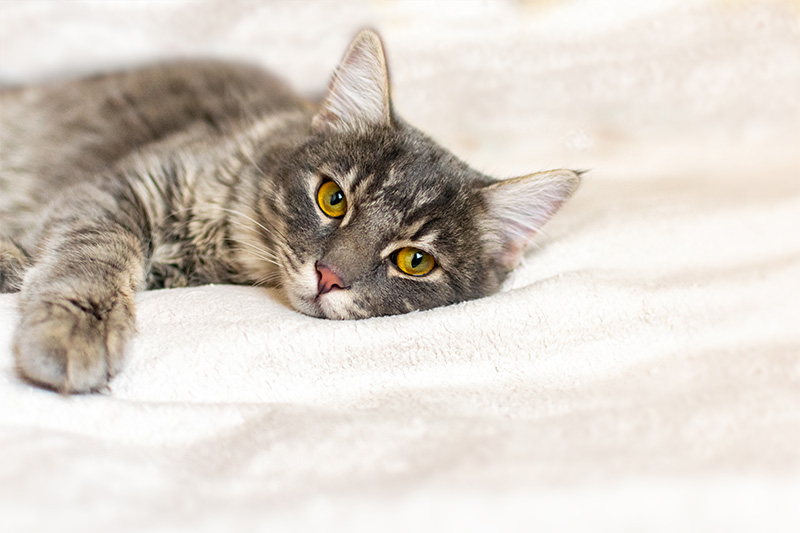
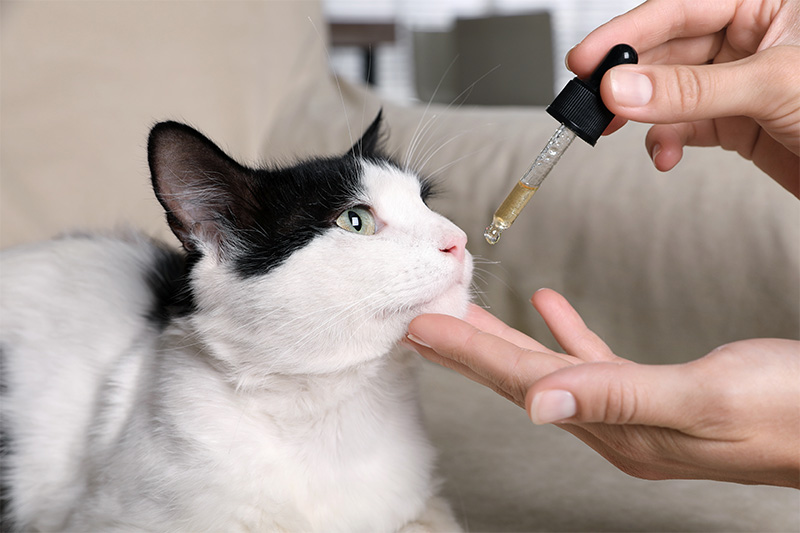
Feline Asthma Treatment in Sleepy Hollow, New York
Treatments for feline asthma usually include a combination of approaches such as medications designed to limit your cat’s immune response and the resulting inflammation, as well as environmental adjustments designed to limit your cat’s exposure to allergens.
Many cats with asthma will eventually be trialed on inhaler medications, just like a human asthma patient would use. Our veterinarians recommend using the Aerokat chamber for patients with asthma since it is easy to use and by using inhaled medications, we can limit the side effects commonly seen with use of oral medical options.
To learn more about feline asthma or to schedule an appointment for your cat, we welcome you to contact Sleepy Hollow Animal Hospital today.






